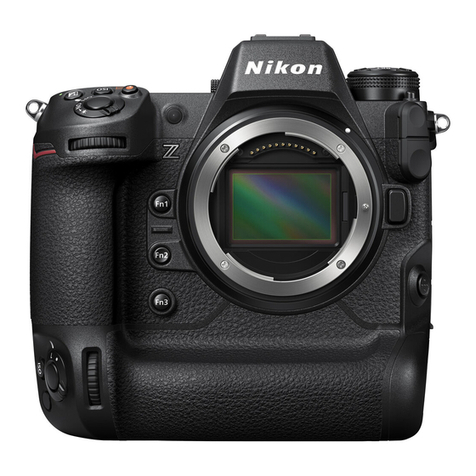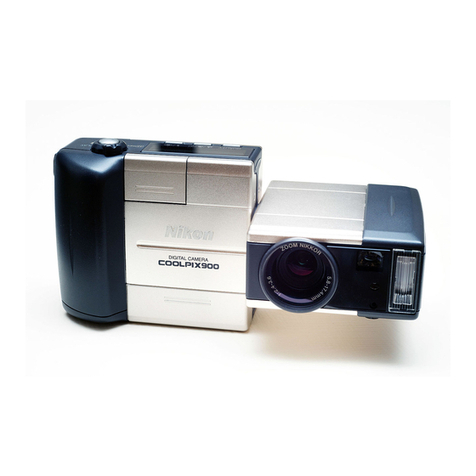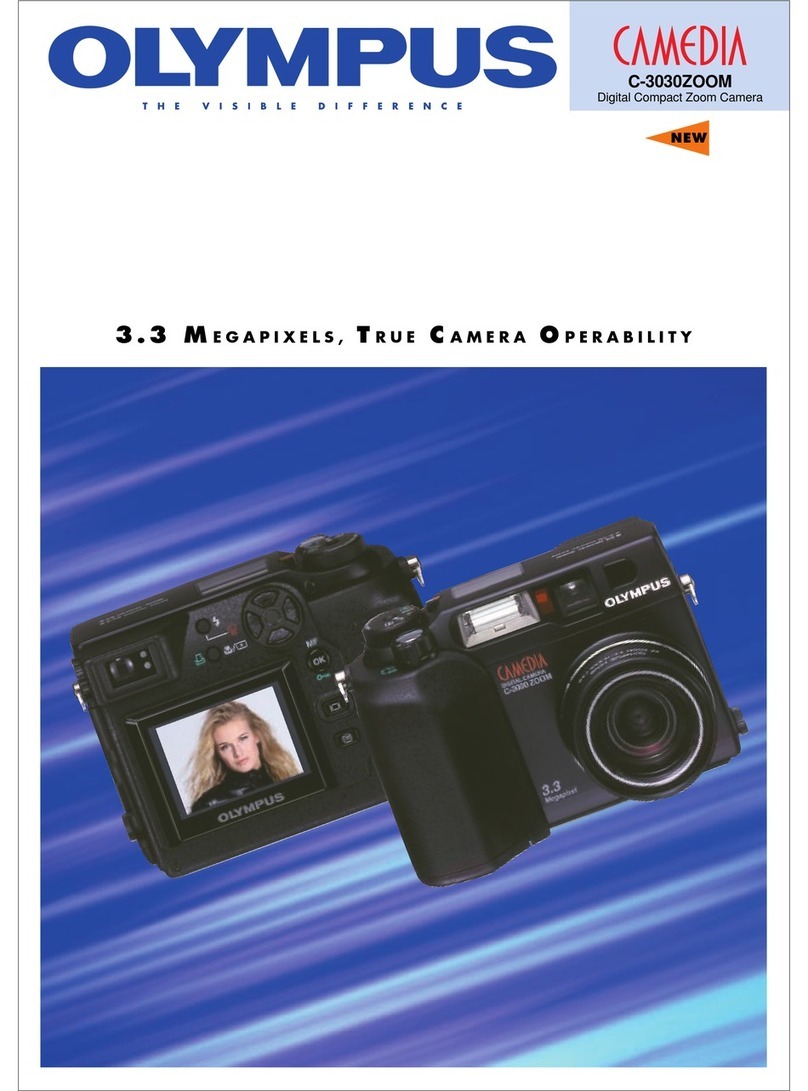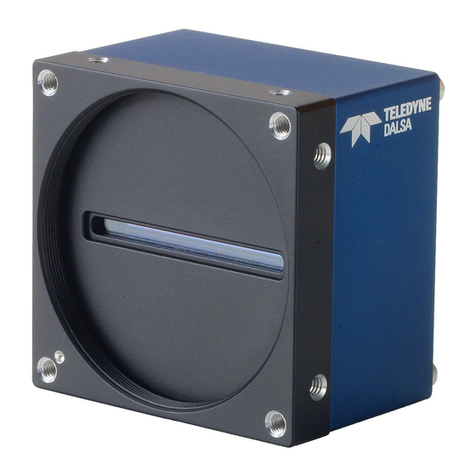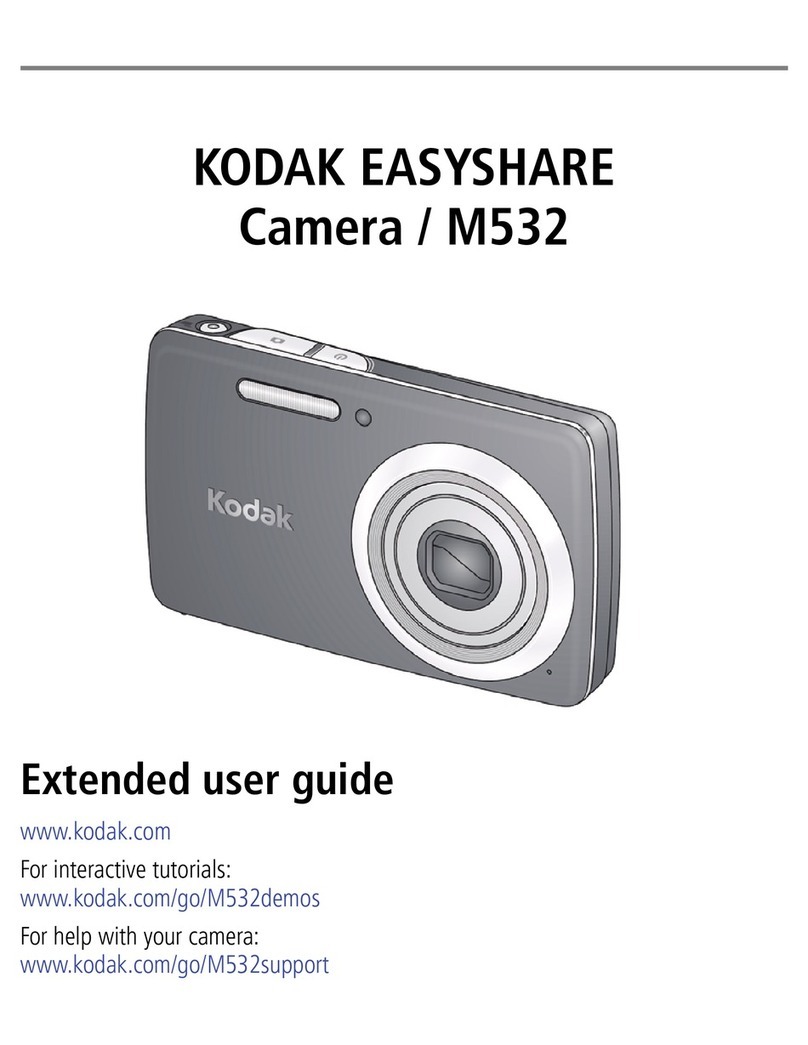Nikon FM10 User manual
Other Nikon Digital Camera manuals

Nikon
Nikon Z 6 User manual
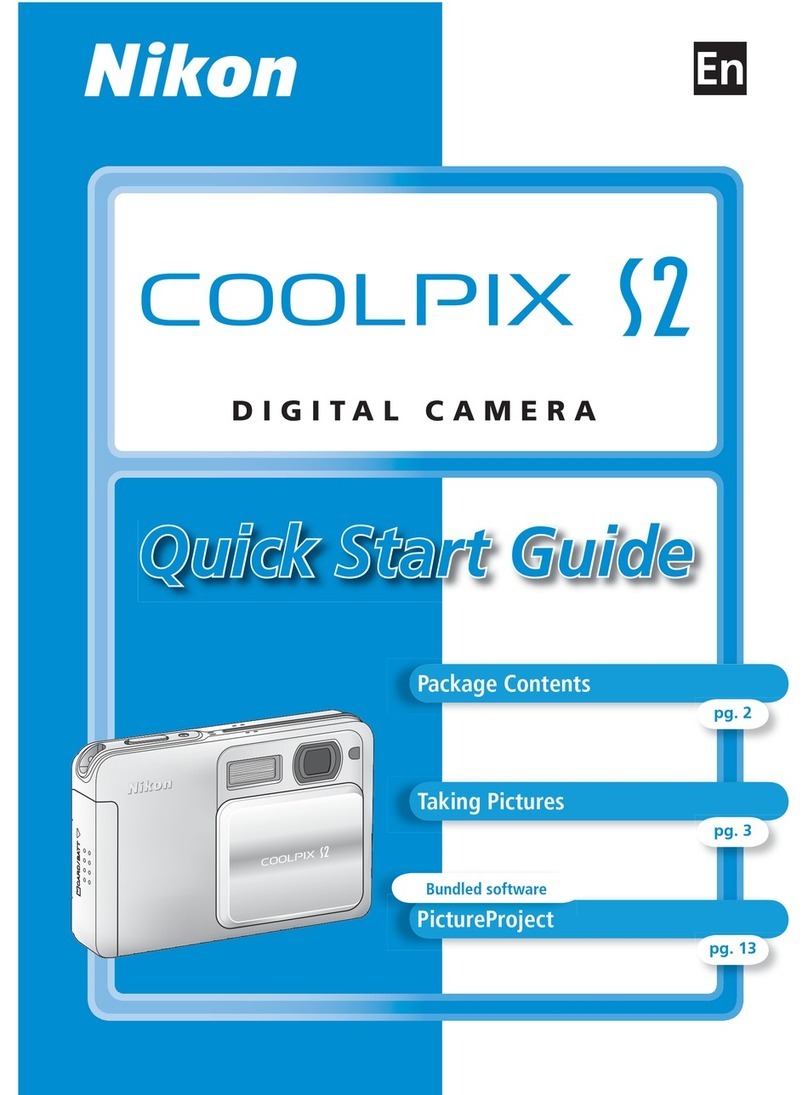
Nikon
Nikon CoolPix S2 User manual
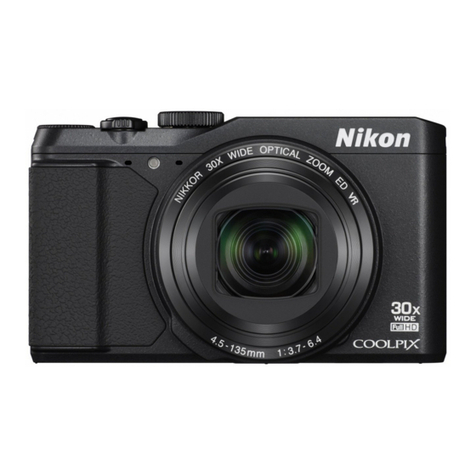
Nikon
Nikon Coolpix S9900 User manual
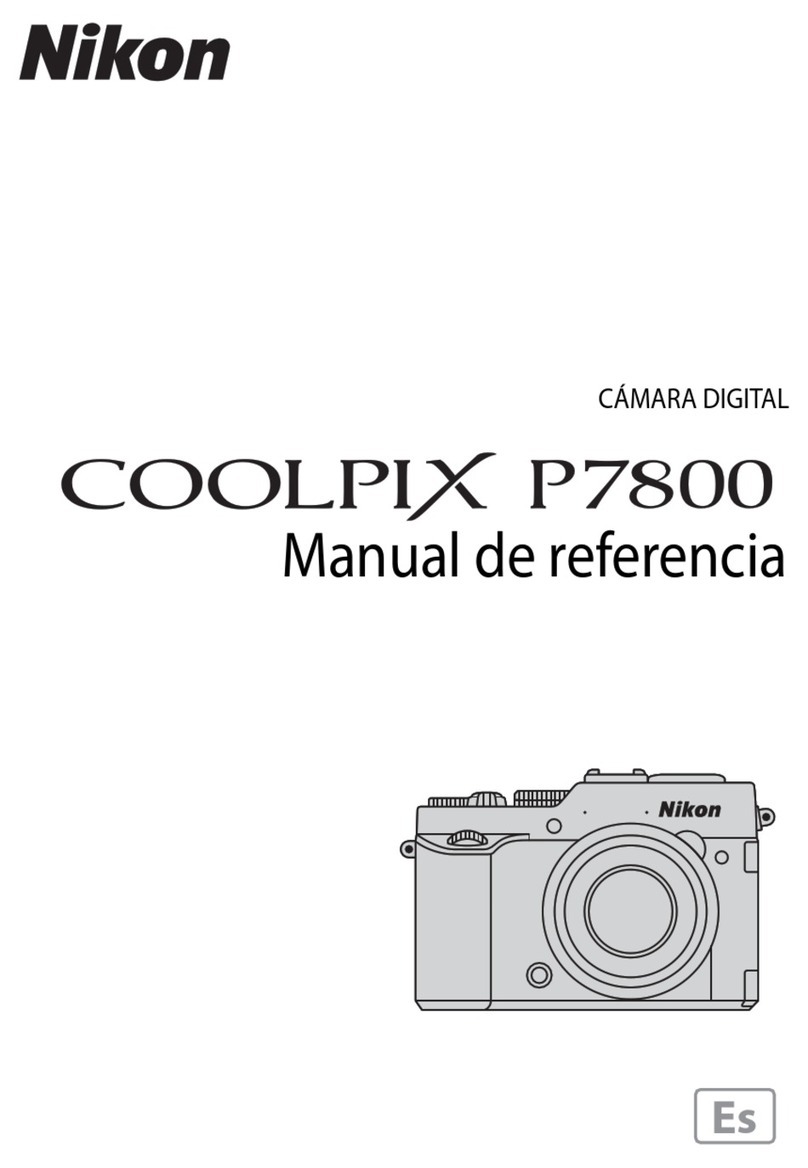
Nikon
Nikon COOLPIX P7800 Instruction Manual
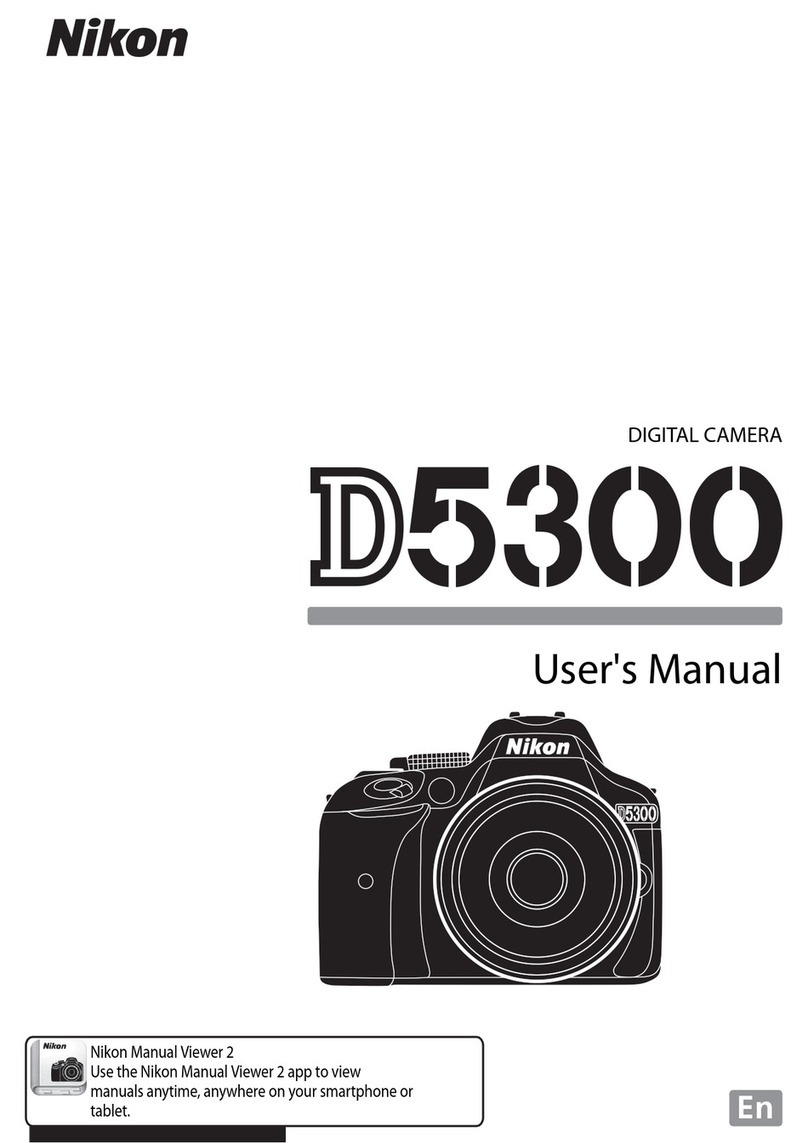
Nikon
Nikon D5300 User manual
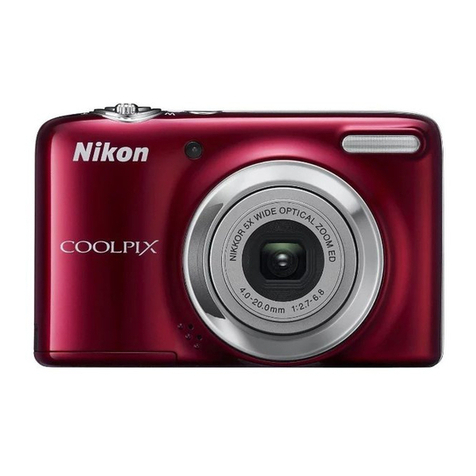
Nikon
Nikon COOLPIX L25 User manual
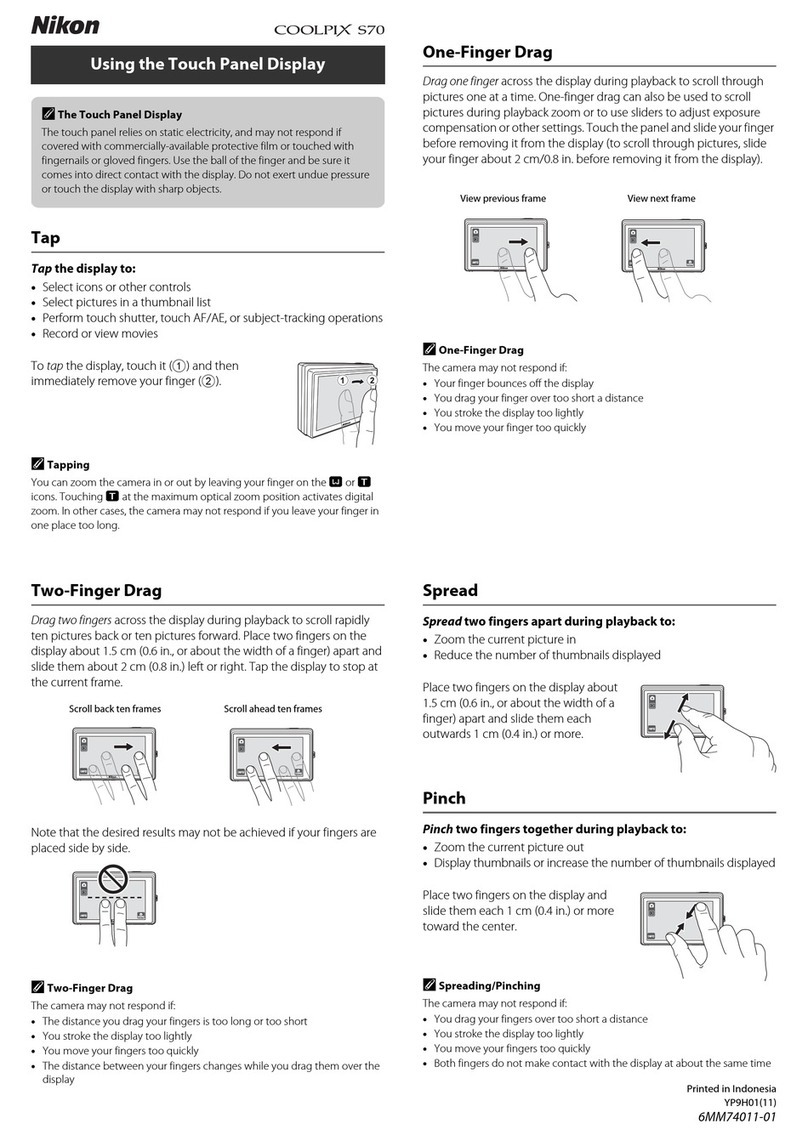
Nikon
Nikon CoolPix S70 User manual

Nikon
Nikon Coolpix S6600 User manual

Nikon
Nikon MD-3 User manual
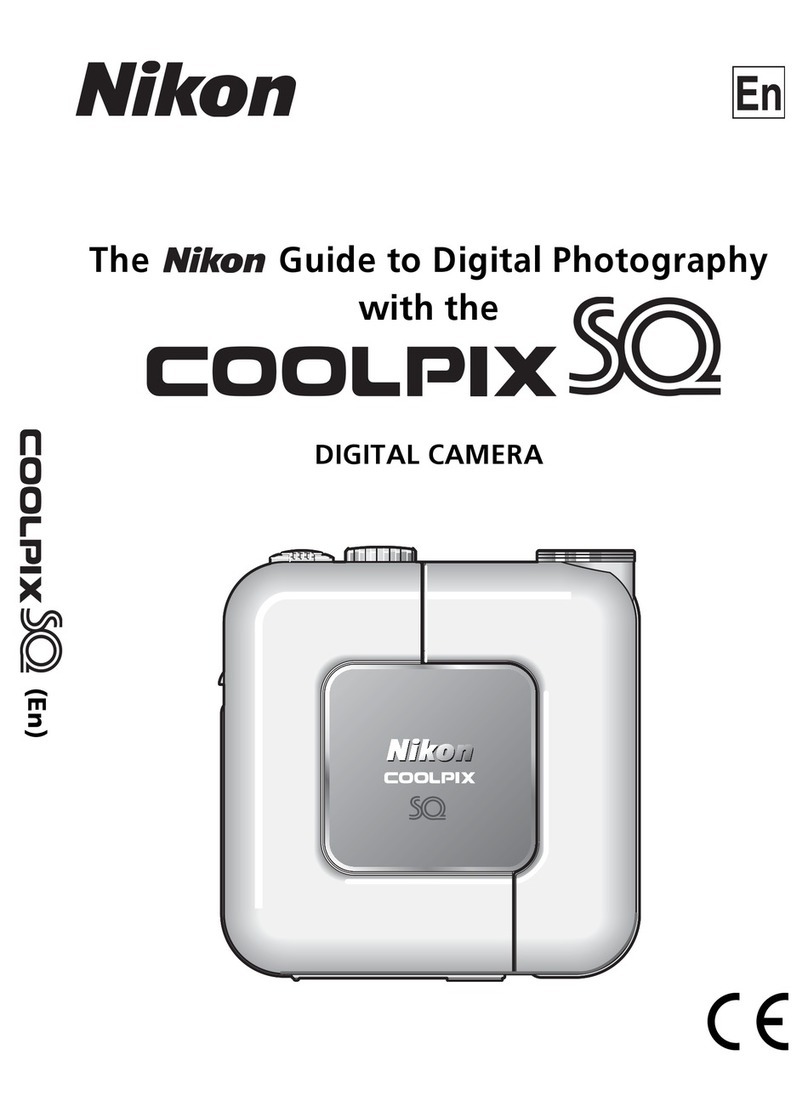
Nikon
Nikon Coolpix SQ User manual
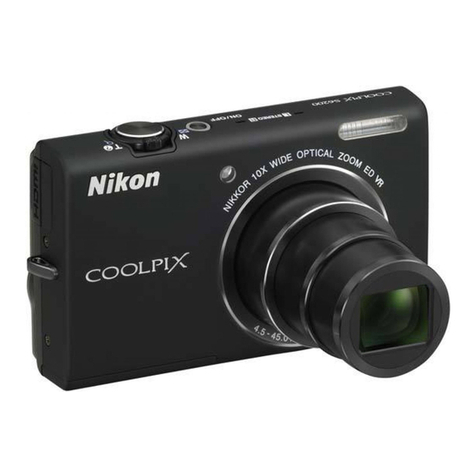
Nikon
Nikon CoolPix S6200 User manual
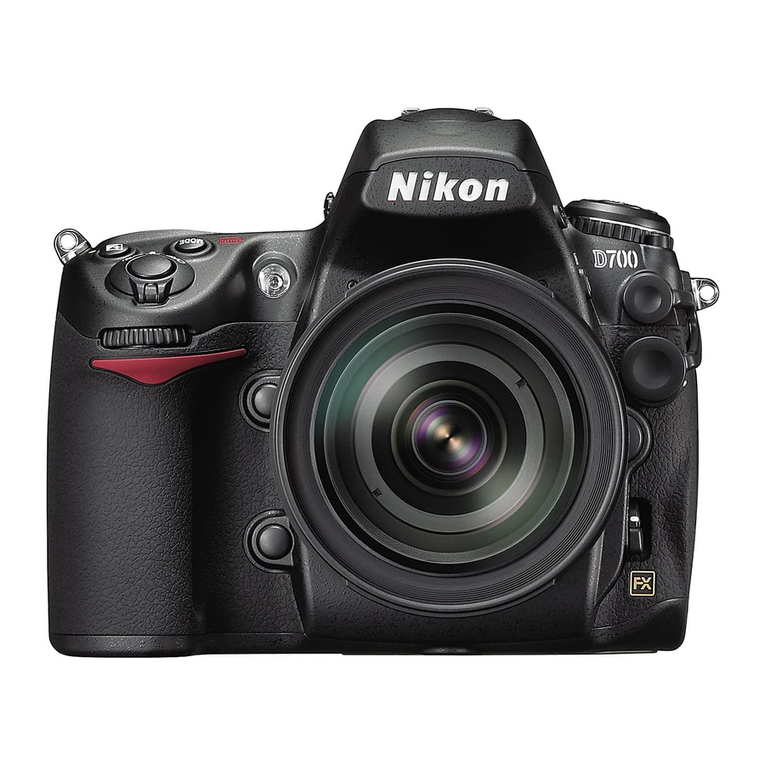
Nikon
Nikon D700 User manual
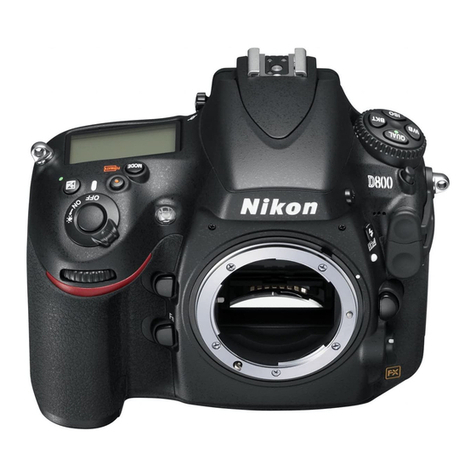
Nikon
Nikon D800 Quick start guide
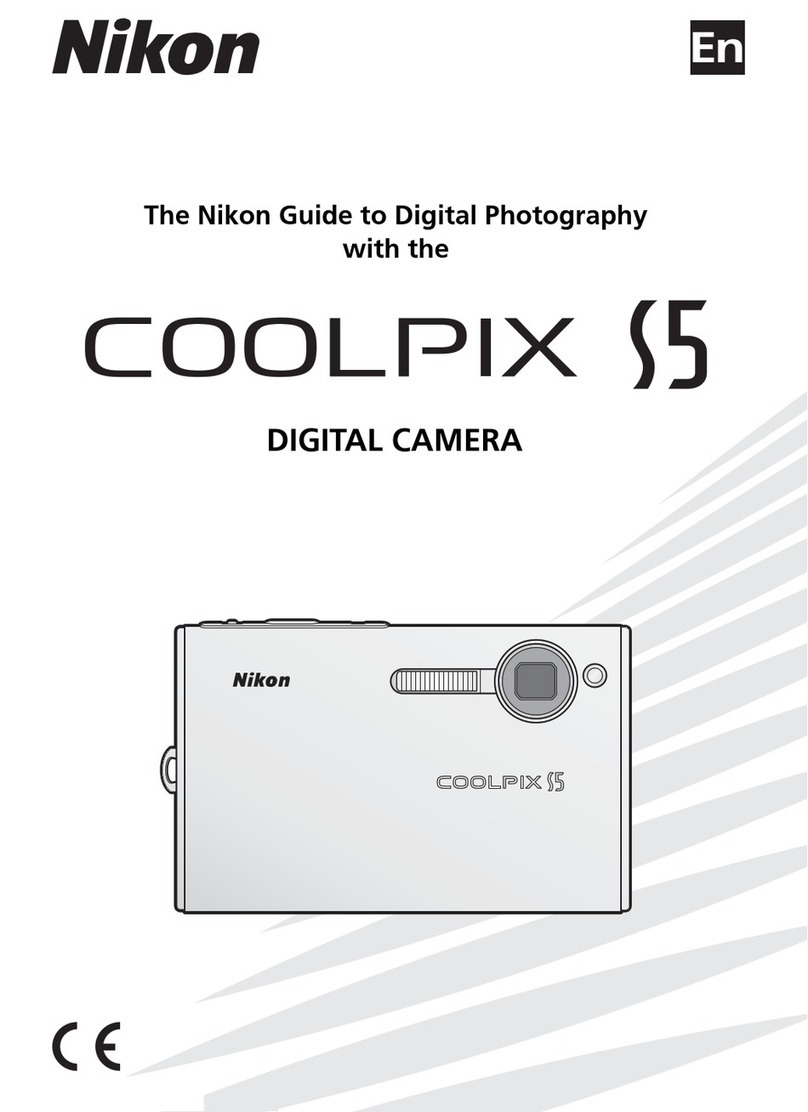
Nikon
Nikon COOLPIX S5 User manual
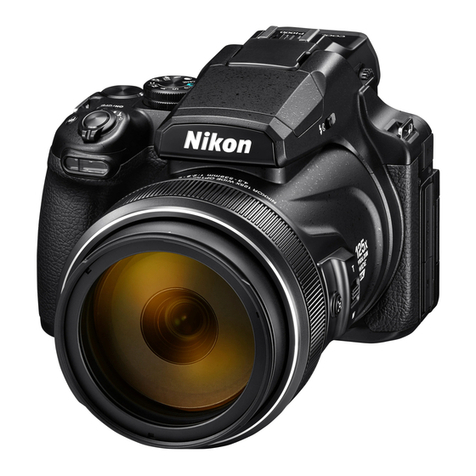
Nikon
Nikon Coolpix P1000 User manual
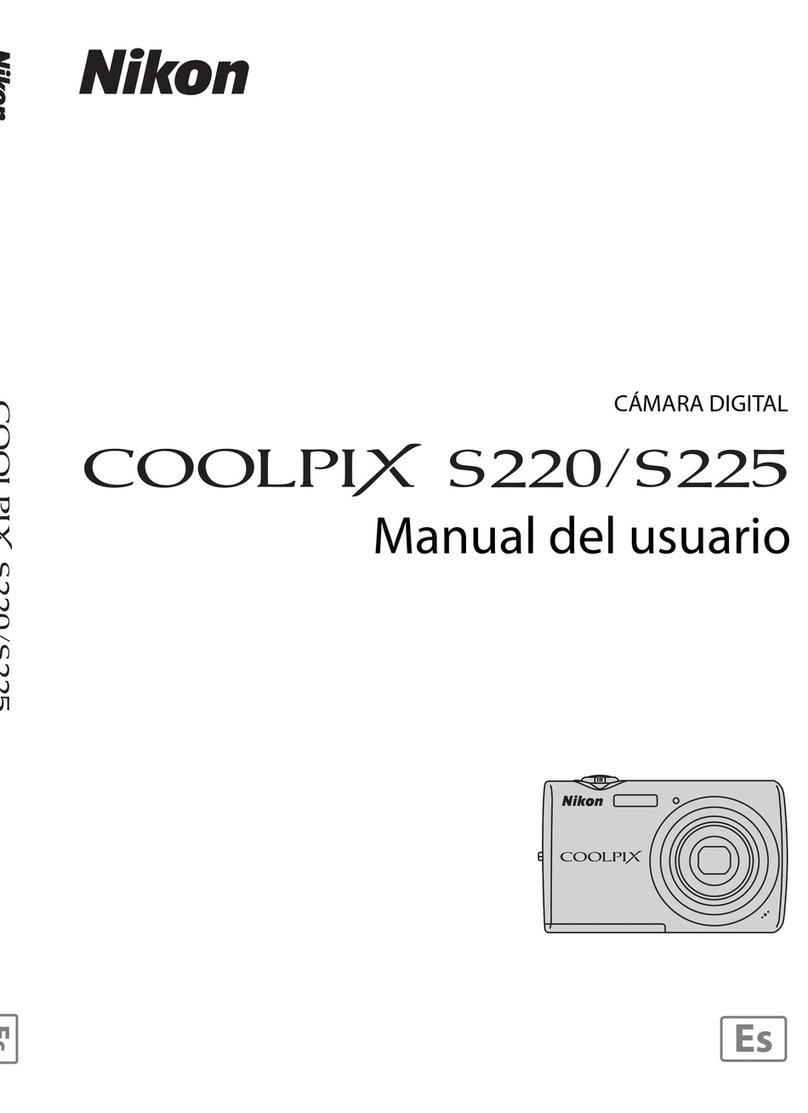
Nikon
Nikon Coolpix S220 User guide
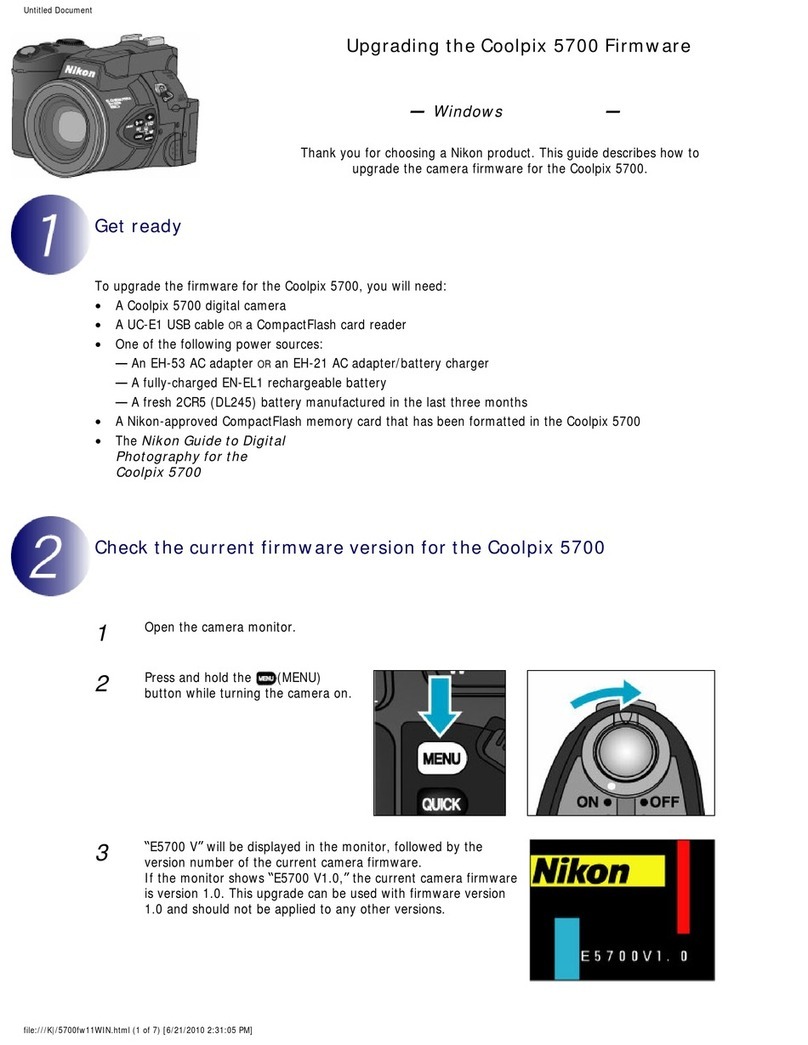
Nikon
Nikon COOLPIX 5700 Use and care manual
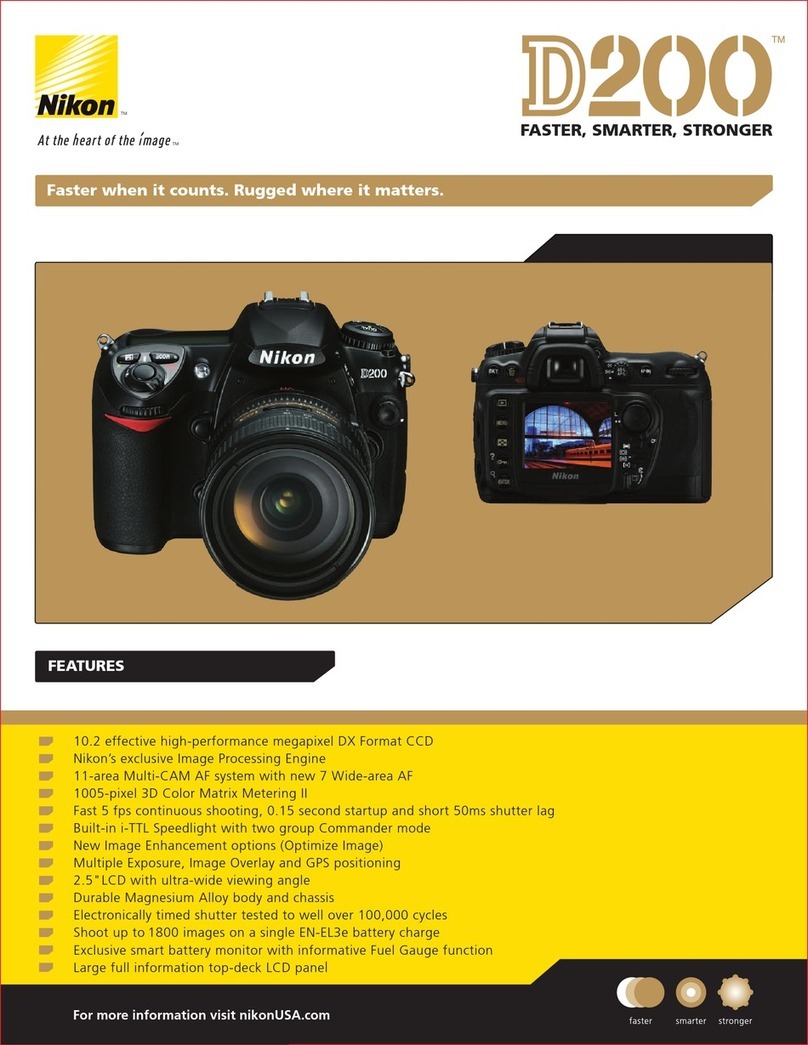
Nikon
Nikon D200 User manual
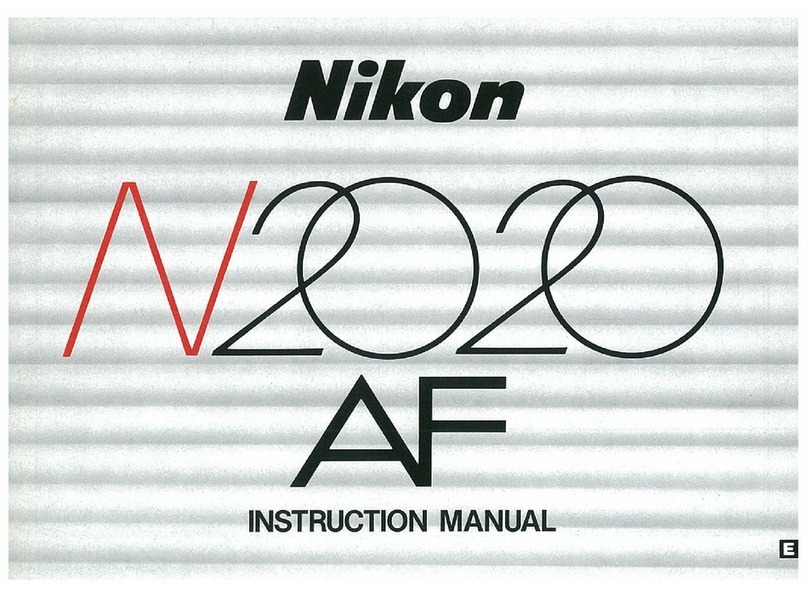
Nikon
Nikon N2020 AF User manual

Nikon
Nikon D200 User manual
